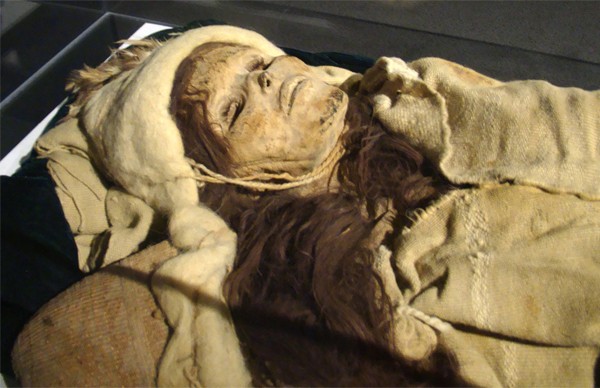A team of Chinese researchers has uncovered a 3,500-year-old adhesive in a famed burial site in northwest China's Xinjiang Autonomous Region.
The adhesive is in the form of a gelatin attached to a wooden staff with a bone sculpture inlay. It was found in Taklamakan Desert's Xiaohe Cemetery, a complex where well-preserved mummies were first discovered in 1934, according to the Global Times.
According to Yang Yimin of the Chinese Academy of Sciences, the glue was determined to be gelatin made from cattle after a scientific analysis was performed.
With its age, the adhesive also represents the oldest known proof of gelatin use in the country, according to Yang.
Before this discovery, gelatin--which can be made by cooking animal skins, tendons and bones--was believed to have been first utilized in China as an adhesive during the Han Dynasty, between 202 B.C. and A.D. 220.
While the adhesive was well-preserved due to the dry climate in Xioahe, it might deteriorate when moved to a place with different atmospheric conditions, making further tests on it difficult, according to the researchers.
First studied by Swedish archaeologist Folke Bergman in 1934, the Xiaohe cemetery is best known for its 300 graves, well-preserved mummies and coffins that take the form of a ship.



























